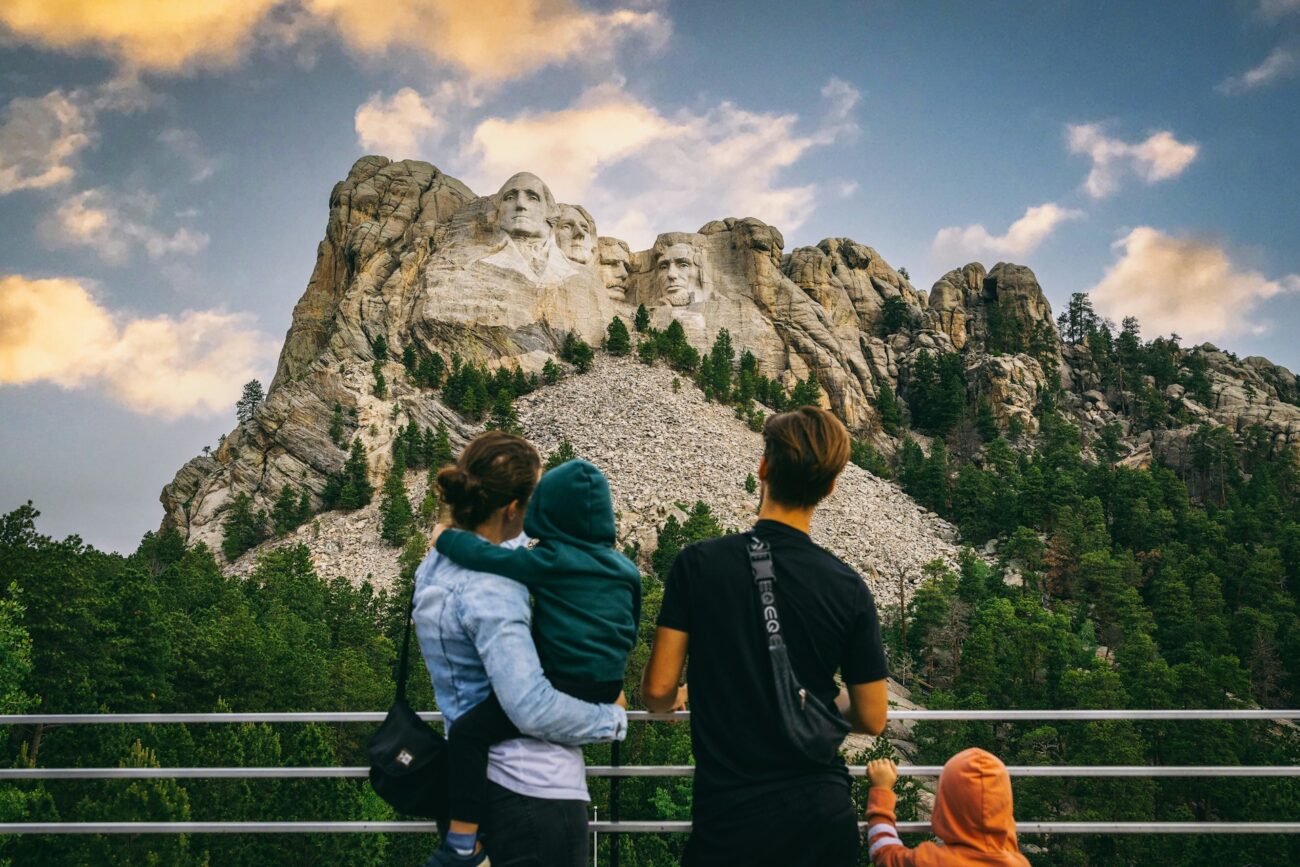America’s national parks represent some of the most breathtaking natural wonders our country has to offer. From towering mountain ranges and ancient forests to expansive deserts and pristine coastlines, these protected areas provide families with unparalleled opportunities to connect with nature while creating lasting memories together. With 63 official national parks (and over 400 sites managed by the National Park Service), planning a family adventure might seem overwhelming. This guide aims to simplify that process, offering practical advice for introducing children to the majesty of America’s wild spaces while ensuring everyone—from toddlers to teenagers to grandparents—has an enriching and enjoyable experience in the great outdoors.
Choosing the Right National Park for Your Family
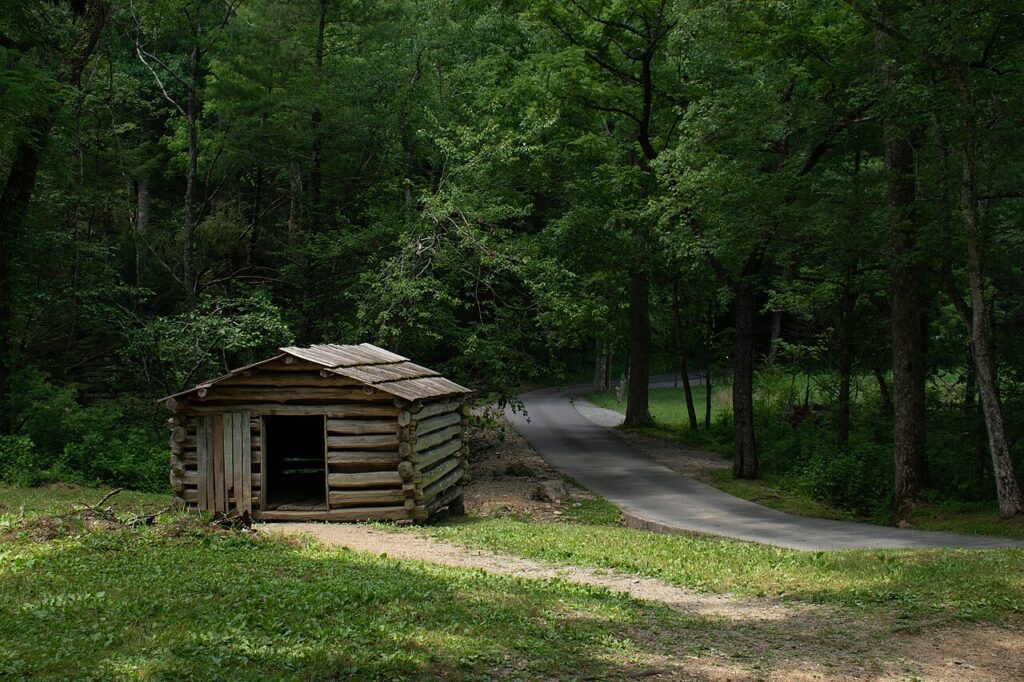
Selecting the perfect national park for a family adventure requires thoughtful consideration of your children’s ages, interests, and physical capabilities. Parks like Great Smoky Mountains and Acadia offer relatively gentle terrain and numerous short, accessible trails that work well for families with young children. Yellowstone captivates kids with its predictable geysers and abundant wildlife viewing opportunities, making natural science come alive before their eyes. Consider the season of your visit as well—summer crowds at popular parks like Yosemite or Grand Canyon might overwhelm younger children, while shoulder seasons offer more breathing room and comfortable temperatures. Finally, think about the journey to the park itself; choosing a destination within a day’s drive or direct flight can significantly reduce travel stress for everyone involved.
Planning Your Visit: When to Go and How Long to Stay
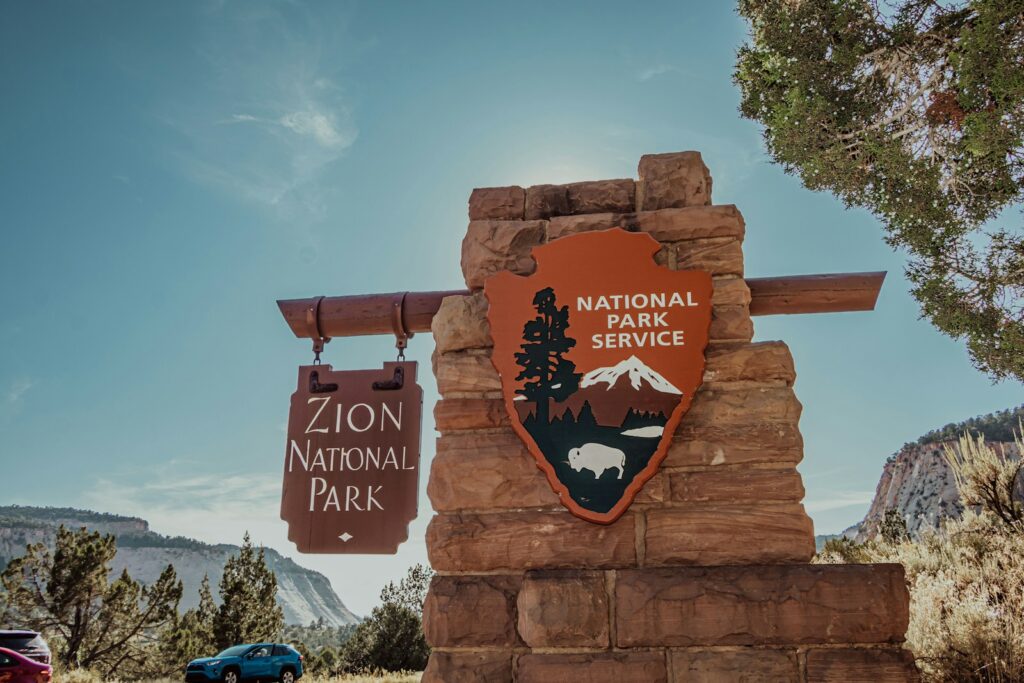
Timing can make or break a family national park experience, with each park having unique seasonal considerations worth investigating. Summer offers longer daylight hours and typically all facilities operating at full capacity, but also brings larger crowds and potentially uncomfortable heat in desert parks like Zion or Death Valley. Fall delivers spectacular foliage in parks like Shenandoah and Acadia, while spring showcases wildflower blooms in many locations. For most family visits, allocate at least three days per park to balance exploration with downtime—children need breaks between activities to process their experiences and prevent nature fatigue. If possible, plan weekday visits when parks tend to be less crowded, allowing more space for kids to explore without overwhelming stimulation. Consider building in a buffer day before returning home, giving everyone time to recover before re-entering normal routines.
Essential Gear for Family Park Adventures

Properly equipping your family for national park exploration enhances safety and comfort without requiring specialized gear for every occasion. Start with sturdy, broken-in footwear appropriate for the terrain—trail runners or light hiking boots work well for most children and adults. Layer clothing regardless of season, as mountain environments particularly can experience dramatic temperature swings throughout the day. Each family member should have their own daypack containing essentials: a reusable water bottle, sun protection (hat, sunscreen, sunglasses), simple first aid supplies, and high-energy snacks that won’t melt or crumble. Consider bringing binoculars sized for children, magnifying glasses for examining smaller natural elements, and weatherproof notebooks for sketching discoveries or completing Junior Ranger activities. Finally, don’t forget practical items like wet wipes, hand sanitizer, and a change of clothes for younger explorers who inevitably find mud puddles irresistible.
Engaging Children Through the Junior Ranger Program
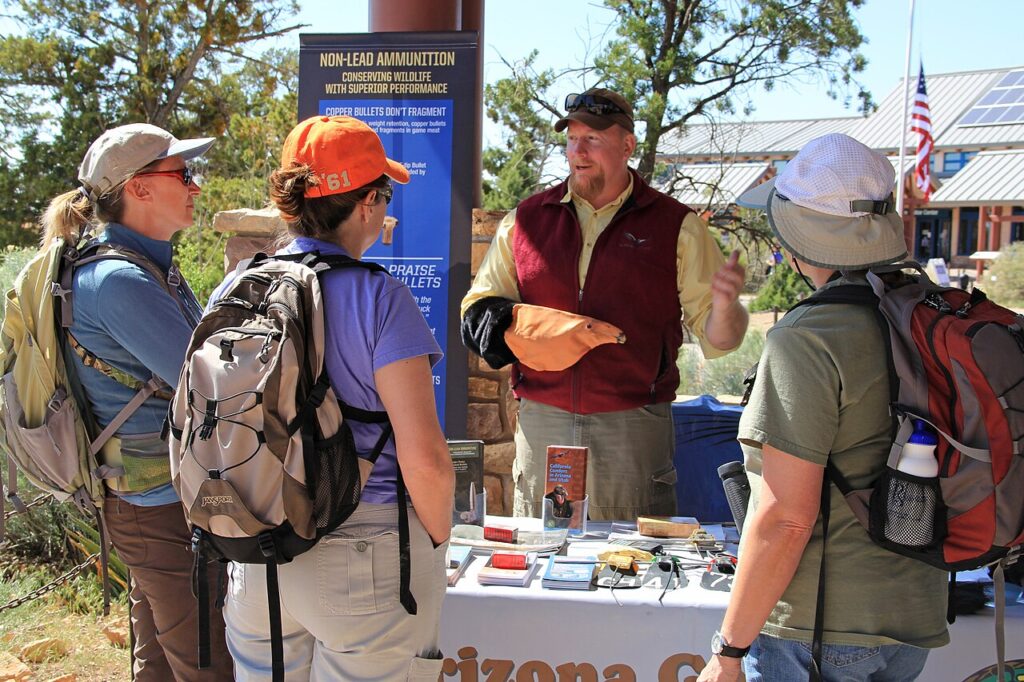
The National Park Service’s Junior Ranger program represents one of the most effective ways to transform a child’s park visit from passive sightseeing to active learning and engagement. Available at nearly every national park, these free or low-cost activity booklets contain age-appropriate puzzles, scavenger hunts, and observation challenges designed to deepen children’s connection to the specific environment they’re exploring. Children typically complete several activities, attend a ranger program, and take a conservation pledge before receiving their official Junior Ranger badge—a treasured souvenir that actually means something. Many parks offer specialized Junior Ranger booklets for different age groups, ensuring the content remains challenging enough for older children while remaining accessible to younger participants. The program brilliantly transforms potentially tedious hikes or scenic drives into purposeful expeditions as children search for answers to complete their booklets, often educating parents along the way.
Wildlife Viewing: Safety and Respect for All Ages

Encountering wildlife often becomes the highlight of a family’s national park experience, but requires careful guidance to ensure both visitor safety and animal welfare. Teach children the importance of maintaining appropriate distances—generally 100 yards from predators like bears and wolves, and 25 yards from other large mammals like bison and elk—using relatable comparisons like “the length of a football field” or “as far as from our house to the neighbor’s.” Explain that feeding wildlife, even seemingly harmless squirrels or birds, damages their natural behaviors and can make them sick. Bring binoculars for each family member if possible, allowing close observation without close proximity. Practice quiet observation skills before your trip by “wildlife watching” in local natural areas, teaching children to move slowly, speak softly, and notice subtle movements. Morning and evening hours typically offer the best wildlife viewing opportunities, coinciding nicely with times when trails are less crowded and temperatures more moderate for younger explorers.
Making Hiking Enjoyable for Children of Different Ages
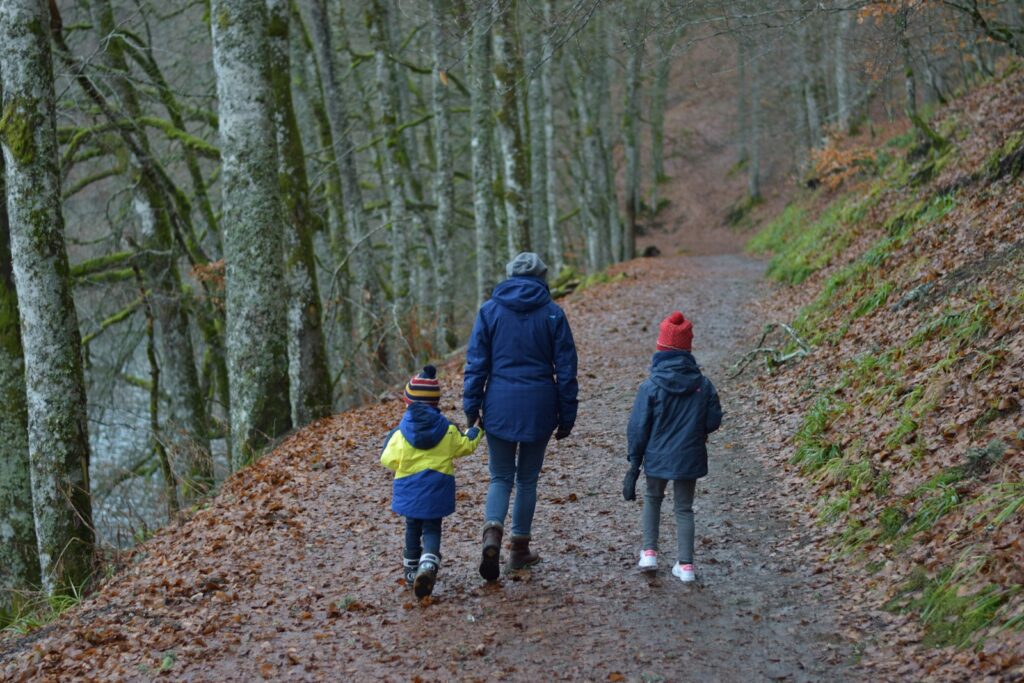
Successful family hiking experiences begin with realistic expectations and thoughtful trail selection appropriate for your youngest members. For toddlers and preschoolers, choose “destination hikes” with rewarding features like waterfalls, beaches, or meadows located within a mile of the trailhead, and bring a carrier for when little legs inevitably tire. Elementary-aged children respond well to adventure framing—crossing bridges becomes navigating perilous ravines, while boulder-hopping transforms into crossing lava fields. Older children appreciate more challenging terrain and the opportunity to lead navigation using simple maps or designated trail markers. Regardless of age, maintain engagement by implementing the “hike a while, stop a while” approach, pausing regularly to examine interesting plants, search for wildlife signs, enjoy snacks, or simply appreciate panoramic views. Consider bringing small magnifying glasses, wildlife identification cards, or photography assignments to maintain interest along the journey, transforming a simple walk into an interactive natural science expedition.
Accommodations: Camping vs. Lodges vs. Gateway Communities
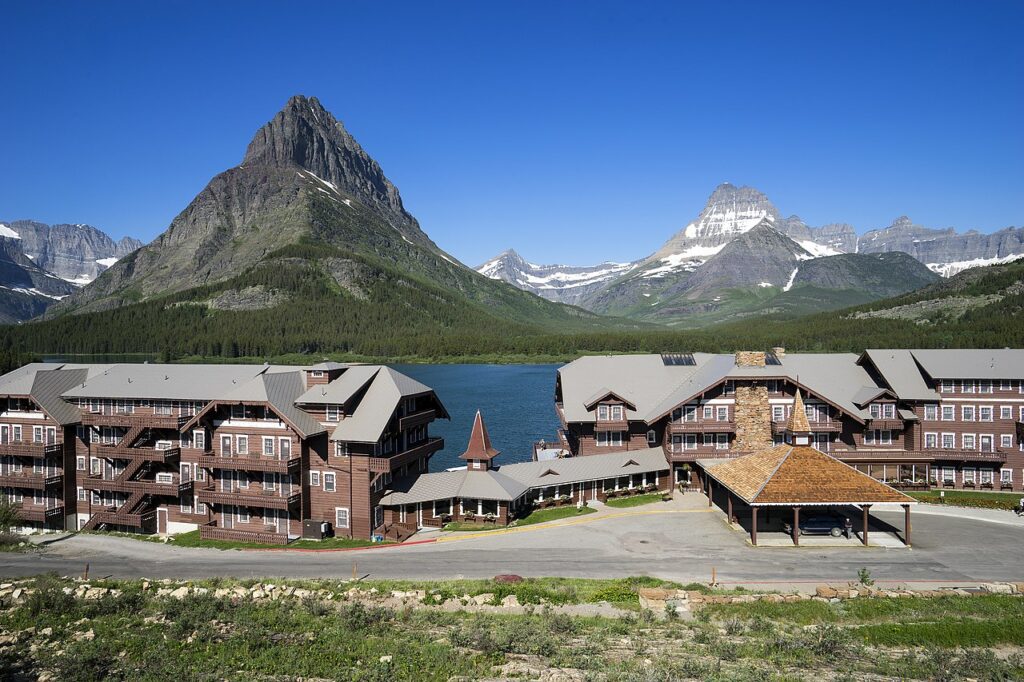
Where your family stays significantly impacts both your budget and overall park experience, with options ranging from immersive to convenient. Camping within the park offers unparalleled access to early morning and evening experiences when wildlife activity peaks and popular trails remain uncrowded, though it requires more extensive preparation and equipment. Historic park lodges like Old Faithful Inn (Yellowstone) or El Tovar (Grand Canyon) provide iconic architectural experiences and prime locations, but require booking 12-13 months in advance and command premium prices during peak seasons. Gateway communities surrounding most popular parks offer family-friendly accommodations with amenities like swimming pools, reliable Wi-Fi, and dining options beyond camp cooking, providing comfortable retreats after active days. Many families find the ideal approach combines experiences—perhaps camping for part of your stay to immerse in nature, followed by hotel nights to recharge with proper showers and comfortable beds before the journey home.
Mealtime Strategies for Hungry Explorers

Keeping everyone fueled properly while exploring national parks requires strategic planning, especially when dining options may be limited or distant from your activities. Prepare a substantial breakfast at your campsite or hotel to provide energy for morning adventures, or pack portable options like overnight oats in reusable containers. For lunches, assemble durable sandwich ingredients that won’t wilt or spoil easily—peanut butter and honey, hard cheeses with salami, or tortilla wraps with hummus—supplemented with fresh and dried fruits, trail mix, and plenty of water. Encourage children to help prepare snack bags for the day, giving them ownership over their energy management while hiking. When dining at park restaurants, particularly in historic lodges, make reservations well in advance and consider early dinner seatings (5:00-5:30pm) which typically accommodate families more readily than peak hours. Many park grills and cafeterias offer reasonably priced “kids packs” featuring healthy options beyond the standard chicken nuggets and fries, supporting nutritious eating even on vacation.
Digital Detox: Balancing Technology and Nature

National parks offer the perfect environment for families to reset their relationship with technology while still utilizing digital tools to enhance learning. Before your trip, establish clear expectations about device usage, perhaps designating specific times for photography or nature apps while keeping phones stowed during hikes and activities. Download park apps and digital maps before arriving, as cellular service ranges from spotty to nonexistent in most parks, and use airplane mode to conserve battery while still accessing these resources. Consider letting children document their adventures through photography with dedicated cameras (rather than phones) to focus their attention on capturing the beauty around them without notification distractions. Many parks now offer excellent augmented reality features through their official apps, allowing children to point devices at landscapes to identify peaks, learn about geological formations, or understand historical contexts—merging technology with direct experience rather than replacing it.
Accessibility Considerations for Multi-Generational Visits
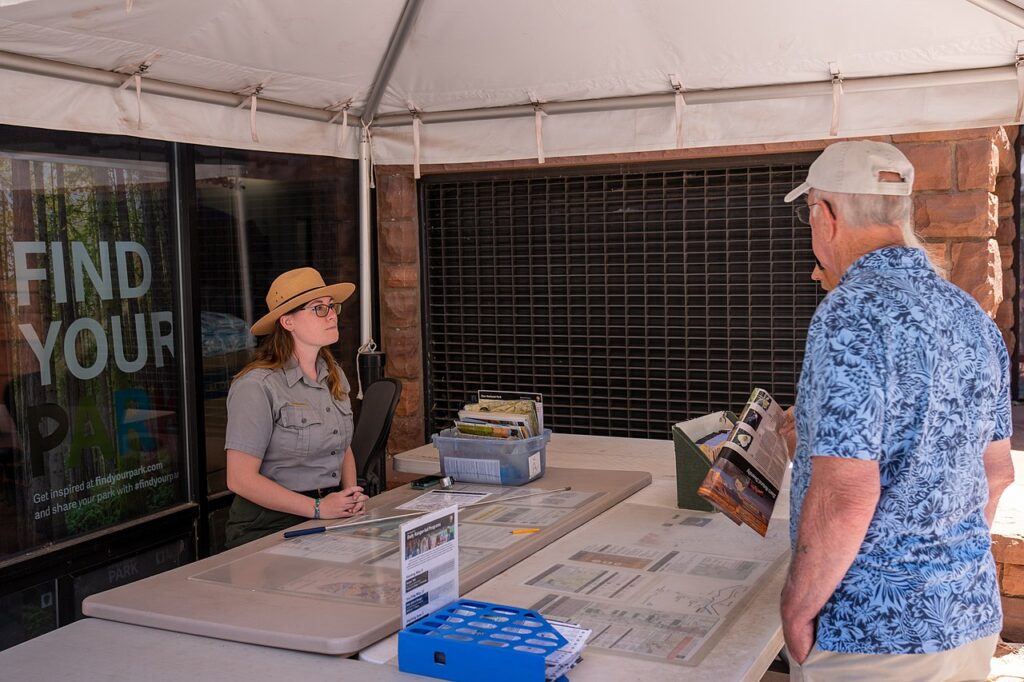
National parks have made significant strides in accessibility, making it increasingly possible for family members of all physical abilities to enjoy America’s natural treasures together. Each park’s website features an accessibility guide detailing wheelchair-accessible trails, visitor centers, and viewpoints, allowing for advance planning to accommodate everyone’s needs. Consider parks like Grand Canyon (South Rim), Acadia, and Everglades which offer particularly good accessibility options including paved pathways, accessible shuttle systems, and adapted viewing areas. For multi-generational groups, plan itineraries featuring “hub and spoke” activities where family members can participate according to their abilities—perhaps some tackle a challenging hike while others enjoy a scenic drive or ranger program, reconvening to share experiences afterward. Many parks also offer specialized equipment like beach wheelchairs or audio-described tours, but these typically require advance reservations, so research availability during your planning phase to ensure everyone can participate meaningfully.
Teaching Leave No Trace Principles to Young Environmentalists

National park visits provide perfect opportunities to instill environmental stewardship in children through age-appropriate instruction in Leave No Trace principles. Rather than presenting these as abstract rules, frame them as ways we show respect and care for the animals, plants, and people who share these special places. For younger children, simplify the seven principles to memorable phrases like “take only pictures, leave only footprints” and “pack it in, pack it out,” creating personal responsibility for carrying their own trash. Encourage children to become “wildlife protectors” by staying on designated trails to prevent trampling fragile vegetation that animals might need for food or shelter. Make proper food storage and waste disposal into a game, perhaps assigning children as the family’s “bear safety officers” responsible for ensuring no scented items remain accessible. By explaining not just what to do but why these practices matter, children develop both the habits and understanding necessary for lifelong environmental consciousness.
Ranger Programs: The Hidden Gems of Park Education
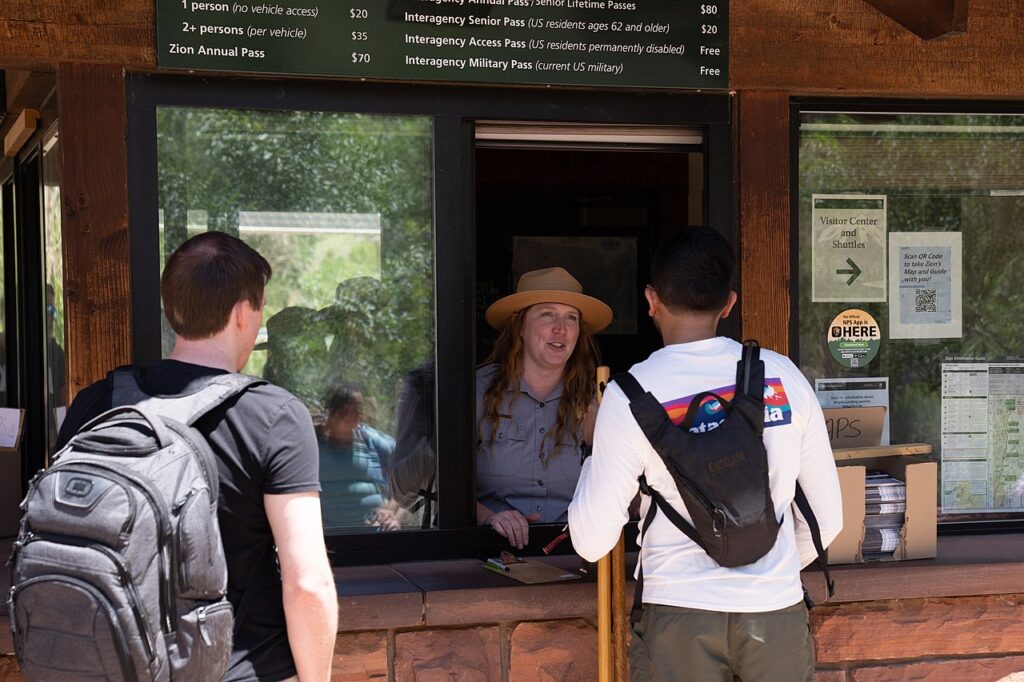
Ranger-led programs represent some of the most valuable yet underutilized resources available to families visiting national parks, offering expert interpretation that transforms landscapes from merely scenic to deeply meaningful. Check program schedules immediately upon arrival (or online before your trip) and build your daily itineraries around these offerings rather than treating them as afterthoughts. Programs specifically designed for families include junior ranger activities, guided nature walks, and evening campfire talks which often feature interactive elements perfect for maintaining children’s attention. Many parks also offer specialized programs like night sky viewing, fossil walks, or cultural demonstrations that may not be widely advertised but provide unique experiences worth seeking out. Rangers expertly tailor their presentations to mixed-age audiences, including humor and activities for children while providing deeper context for adults, making these programs genuinely enjoyable for the entire family. Don’t hesitate to approach rangers with your children’s specific questions—their enthusiasm for sharing knowledge often leads to memorable personal interactions beyond scripted programs.
Creating Lasting Memories Beyond Photographs
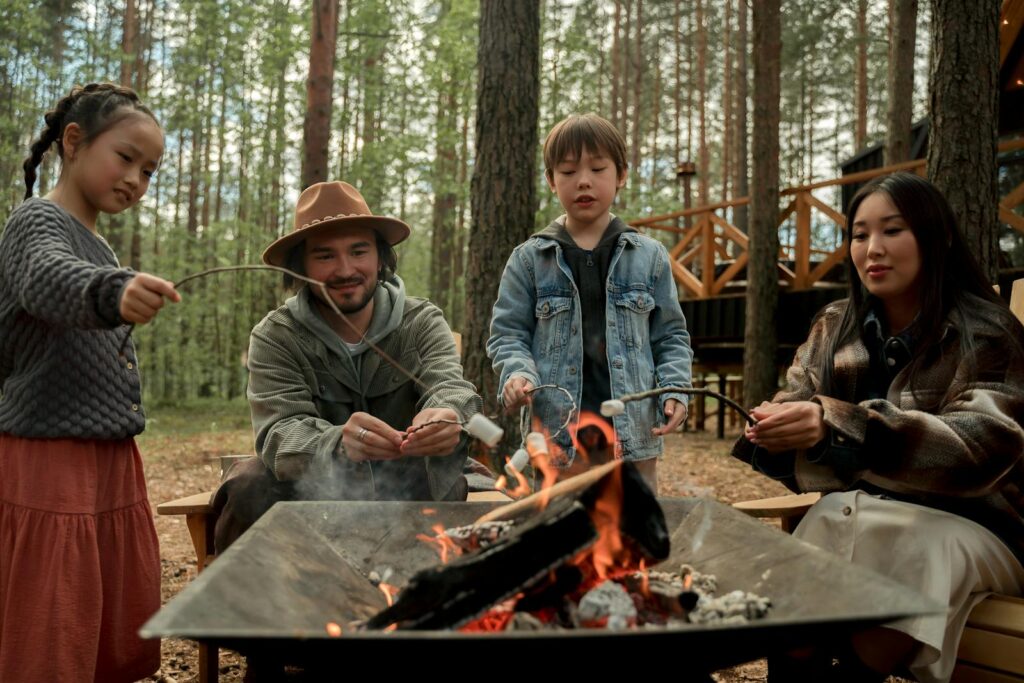
While photographs preserve visual memories of your national park adventures, incorporating additional documentation methods creates richer, more lasting connections to these experiences. Encourage children to keep nature journals where they can sketch interesting plants or animals, record wildlife sightings, or press small flowers and leaves (collected only from non-protected areas with permission). Create family evening rituals during your trip where everyone shares their “rose” (favorite moment), “thorn” (challenging moment), and “bud” (what they’re looking forward to tomorrow), creating verbal traditions that often remain in family lore for years. Collect official cancellation stamps in a National Park Passport book at each visitor center, building a tangible record of your family’s park explorations over time. Consider starting collections of Junior Ranger badges, park patches, or educational postcards rather than generic souvenirs, creating meaningful mementos that represent actual experiences rather than simply purchases. These varied documentation methods engage different learning styles and help children process their experiences more deeply than photographs alone.
National parks offer families unparalleled opportunities to connect with nature, history, and each other away from everyday distractions. By approaching these treasured landscapes with thoughtful preparation and an emphasis on engagement rather than simply sightseeing, parents can foster children’s natural curiosity while building environmental awareness that may last a lifetime. The memories created—whether watching Old Faithful erupt, spotting a first wild bear, earning a Junior Ranger badge, or simply enjoying s’mores under a star-filled sky—become touchstones of childhood that children carry into adulthood. More than mere vacations, these shared adventures in America’s most spectacular natural settings help shape children’s understanding of their place in the natural world and their responsibility to protect these precious resources for future generations of young explorers.

